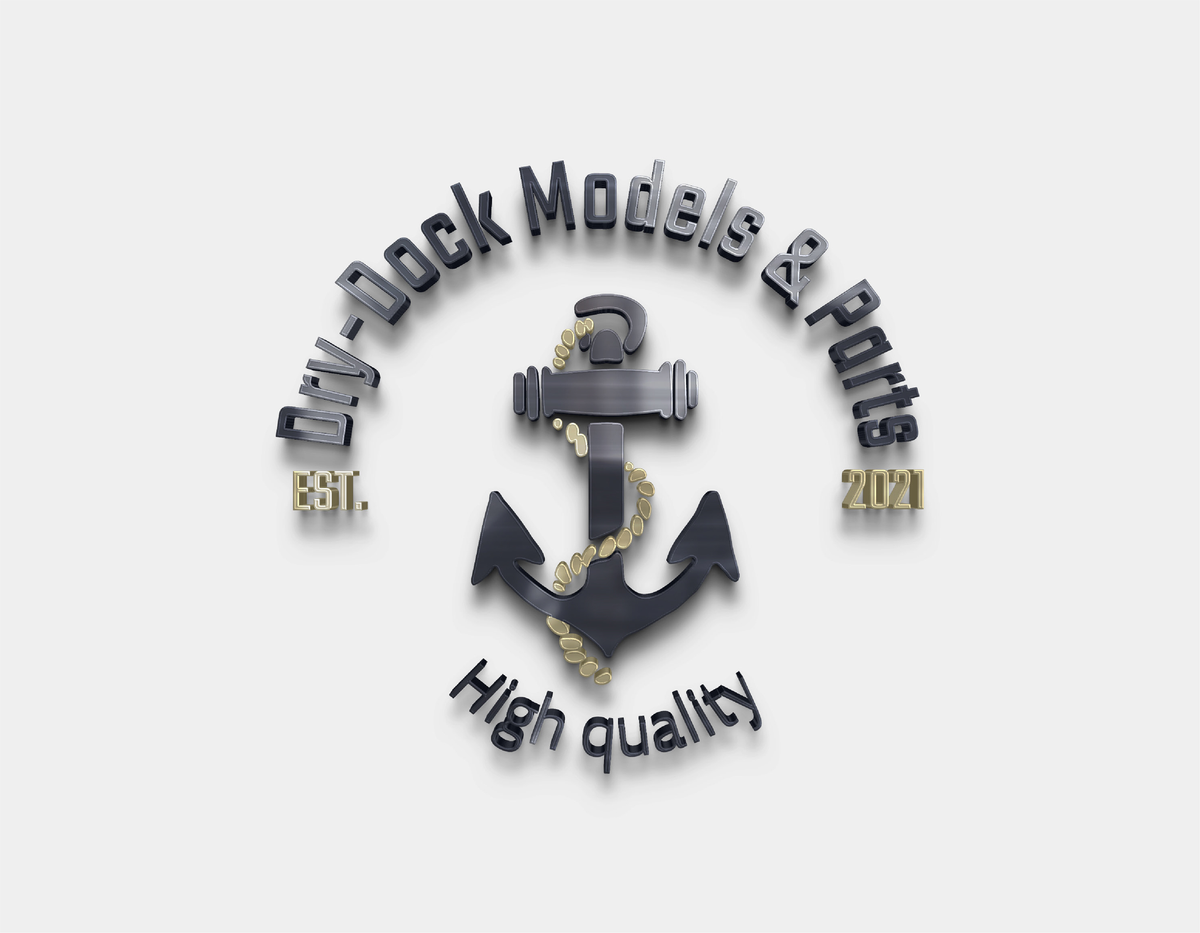I am a big fan of the CAF kits, nevertheless the blocks are not the best, or you have to make a lot of work to make them "working"A couple of questions for anyone reading.
1. I am about to purchase some 3mm boxwood rigging blocks for the cannon. I am wondering if the other blocks provided by CAF are suitable for the rigging or if it would be recommended to replace all of them on the model?
2. Can anyone point me to a guide or other resources on how to make different size rope?
I ordered now for my Granado blocks from @Dry-Dock Models & Parts which are in my opinion the best on the market

Dry-Dock Models & Parts
Dry - Dock Models & Parts is providing high quality ship model fittings and parts
 drydockmodelsandparts.com
drydockmodelsandparts.com



































